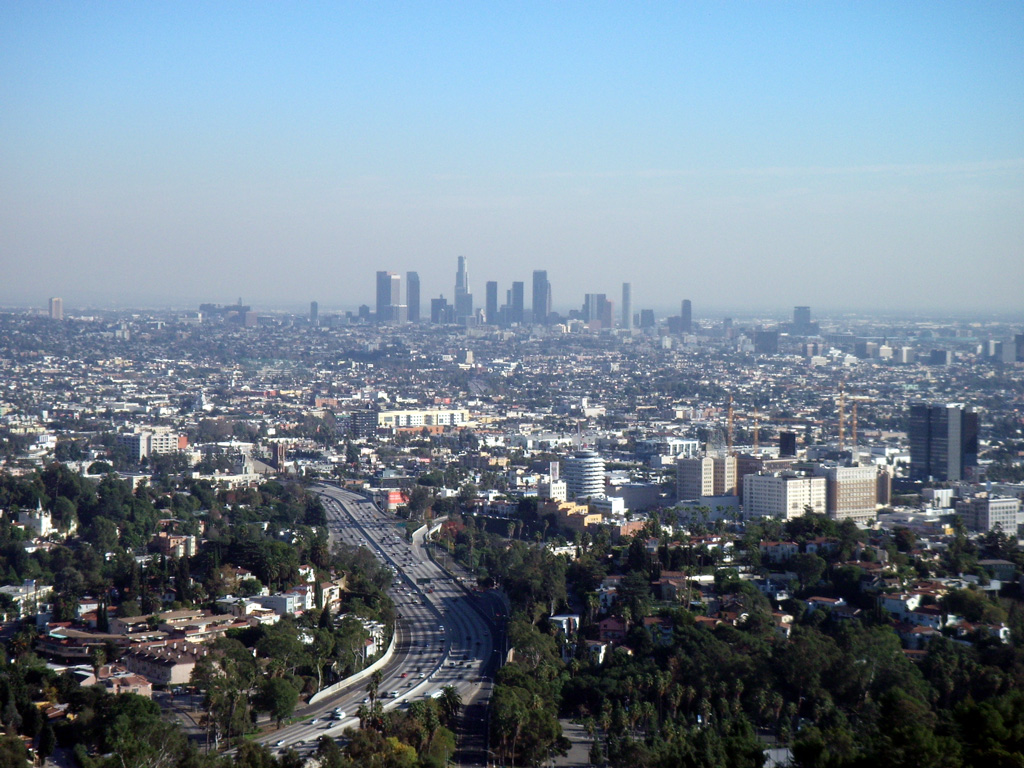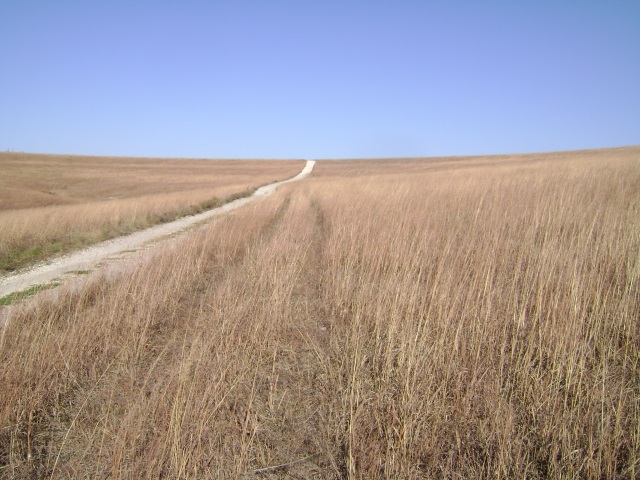The Southwest Border Area section of the book largely focuses on ethnic diversity within the region, and the blending of cultures.
Boulder has very little ethnic diversity, especially when compared to the Southwest Border area. The presence of the University of Boulder helps bring in some other ethnic groups, but the majority is still Caucasian.
The Southwest Border area is greatly defined by the variety of cultures, especially Hispanic and Native American. The second largest ethnic group in Boulder is Hispanic/Latino, but not anywhere near the percentage in the Southwest Border Area.
Above is an example of a Mariachi Band playing in the streets of San Antonio, Texas. This is located in the Southwest Border Area.
Boulder, Colorado Ethnicity Statistics:
White: 85,656
African American: 1,514
Hispanic or Latino: 7,801
Asian: 4,680
American Indian or Alaska Native: 952
Hawaiian/Pacific Islander: 149
Other: 4,129
There are some similarities in landscape, as parts of Colorado are occupied by the Colorado Plateau. This can resemble some of the canyons and plateaus that exist in the Southwest Border Area.
Sources:
Regional Landscapes of the United States and Canada
























